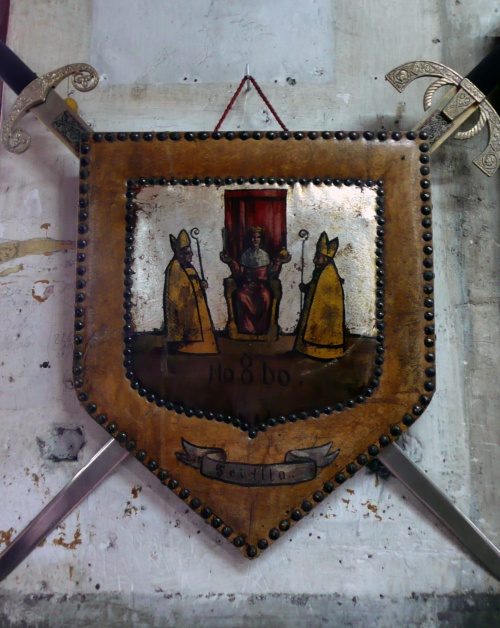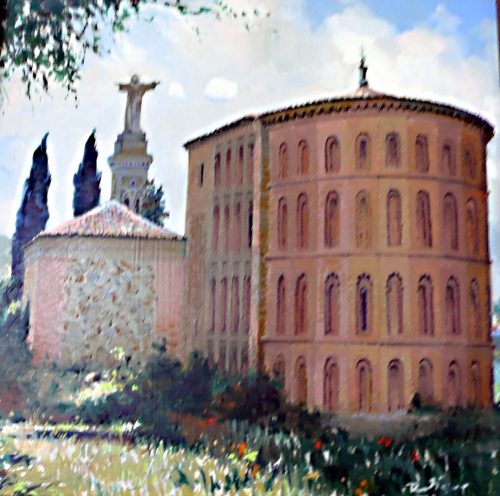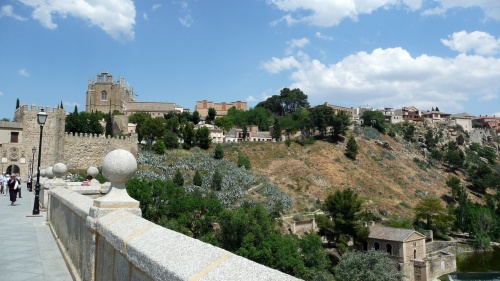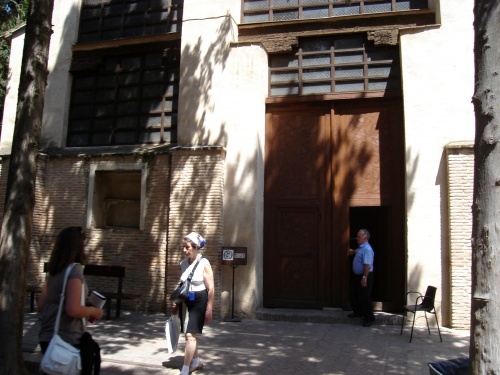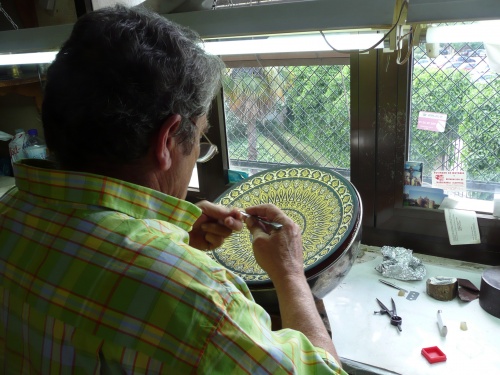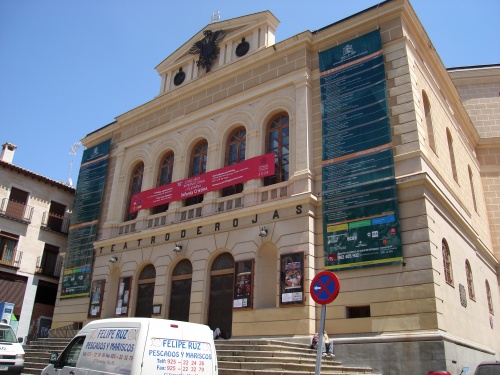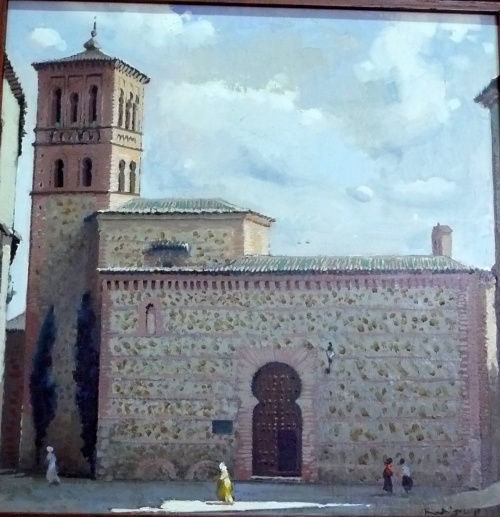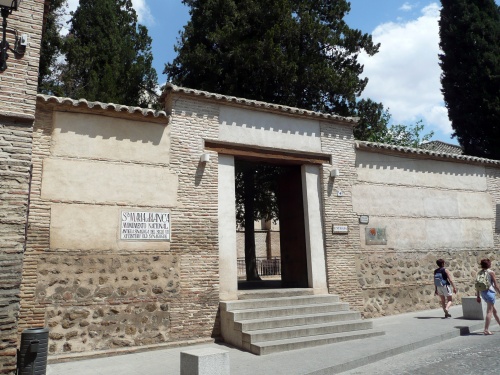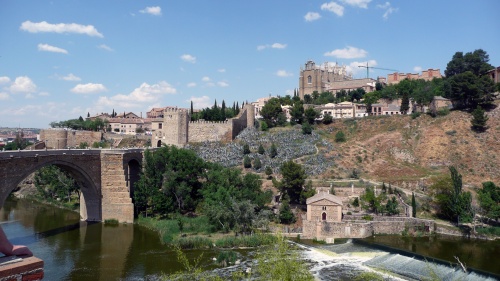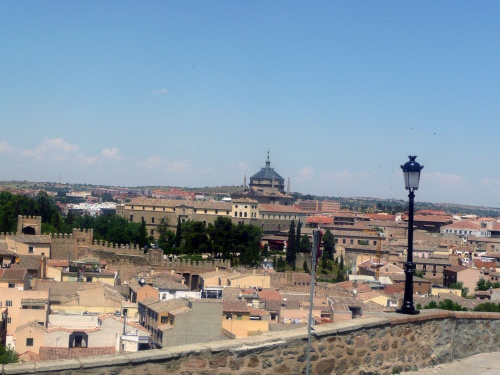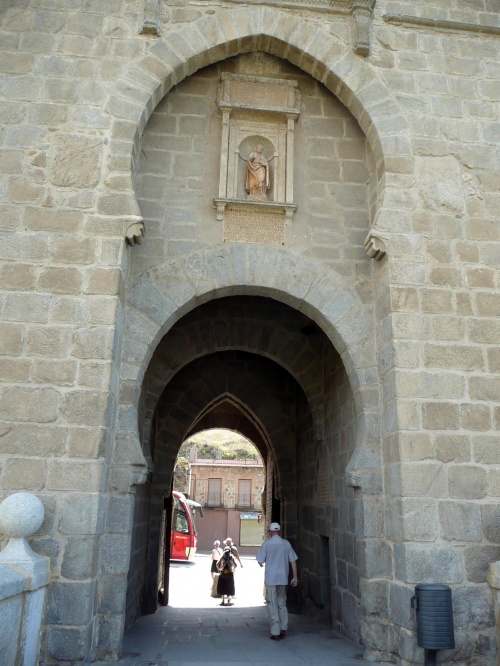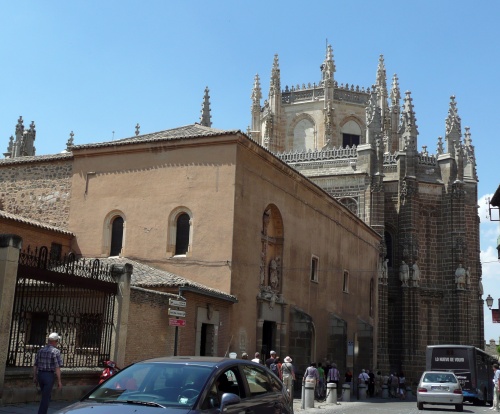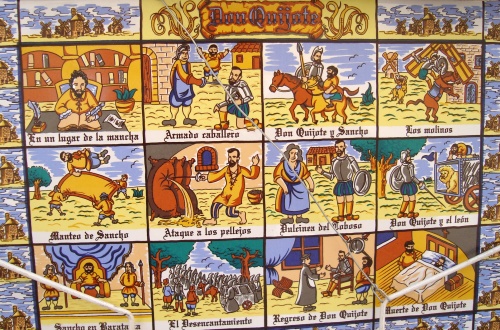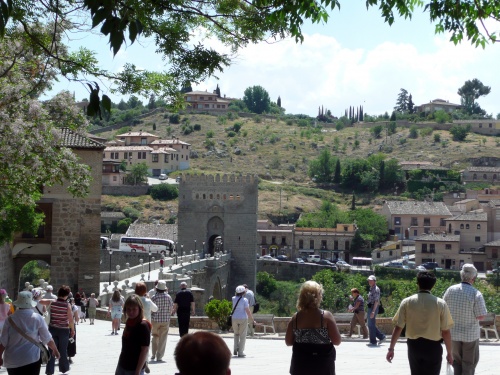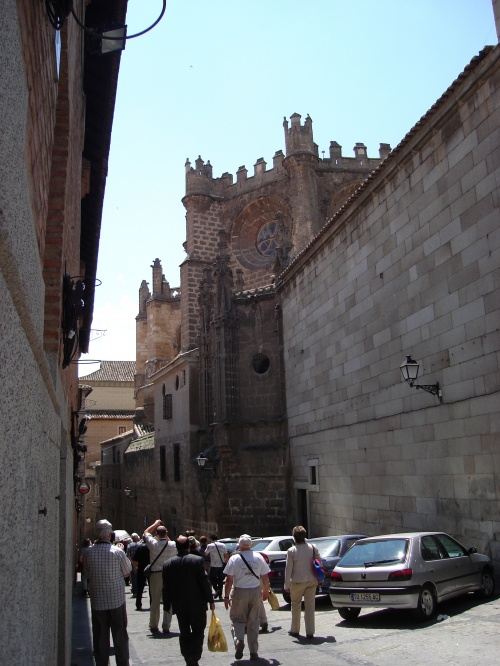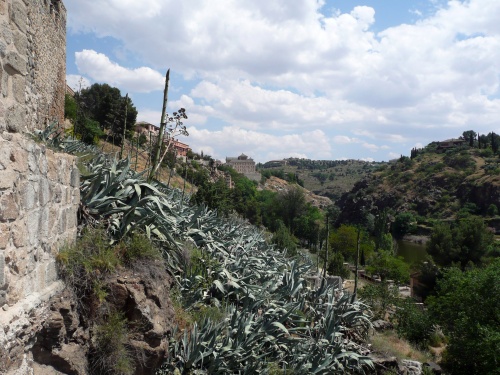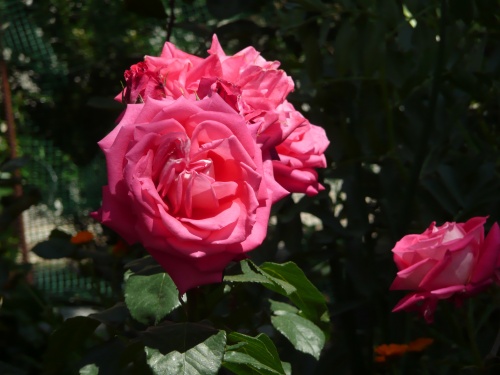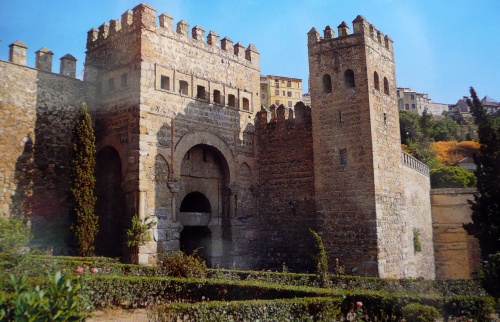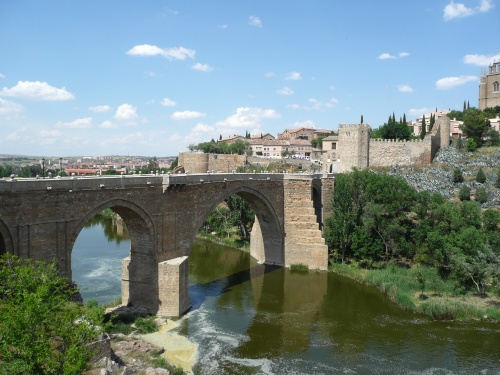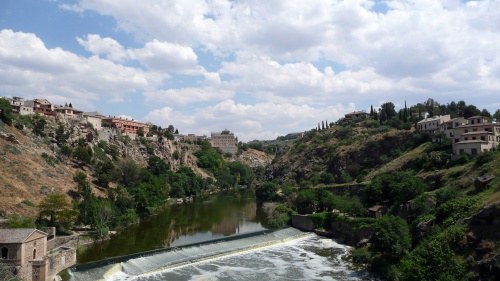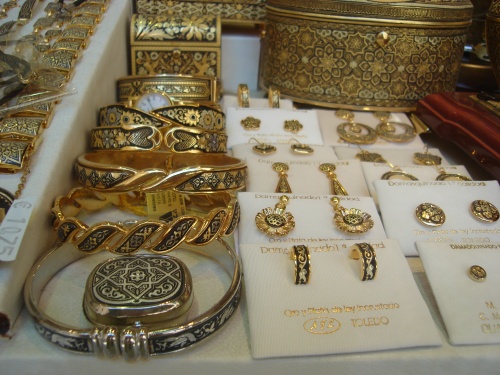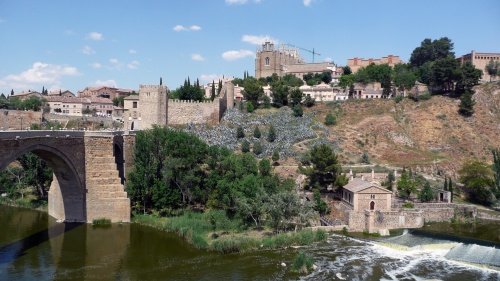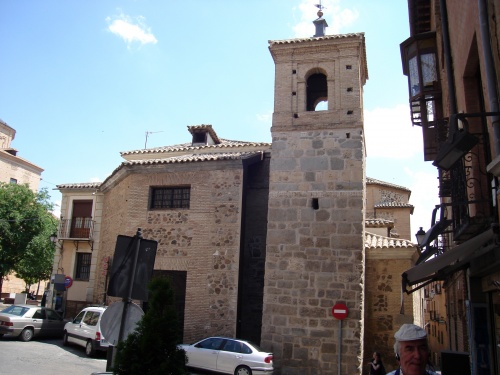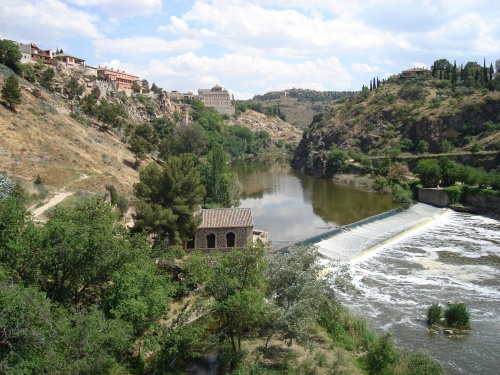Photo excursion: Spain - Castile-La Mancha - Toledo (73 photos) (part 2)
The first permanent settlements on the territory of the city were fortresses built in the era of the Celto-Iberians. In 192 BC. e. The Roman Marcus Fulvius Nobilior broke the desperate resistance of the Carpetan tribe living here and founded the outpost of Toletum. Thanks to iron ore deposits near the city, Toledo became a significant settlement, minting its own coins. Excavations of luxurious villas of that time indicate the deep Romanization of the settlement, which had its own aqueduct, which has now been completely destroyed.
After the first attacks of the barbarians, the ancient walls were strengthened. In 411, the city was briefly captured by the Alans. In 418 it fell to the Visigoths and remained their capital until 711. During this time, Toledo became the center of the Catholic archbishopric. In the Middle Ages, the Toledo archbishops had their own army and took part in the Reconquista and other military operations of the Spanish kings.
The Moors conquered the capital of the Visigothic state in 712. Toledo flourished under the name Tolaitola during their reign. Alfonso VI of Castile conquered the city on May 25, 1085. By this time, Toledo had become famous for its swords and other steel products.
On June 3, 1239, a total solar eclipse was observed in the city of Toledo.
Toledo became one of the residences of the kings of Castile and remained so until 1561, when Philip II moved his residence 71 km to Madrid, which lies exactly in the center of the Iberian Peninsula and approximately at the same distance from all ports. Toledo remained a religious center.
On July 20, 1936, about a thousand Franco supporters with several hundred civilians, including women and children, locked themselves behind the walls of the fortress. Heavy artillery and aviation were used against them, but the cadets of the military school under the command of Colonel Moscardo defended the Alcazar from the Republicans for 70 days until the approach of the nationalist forces. The colonel's son was killed in the battles, and the building was destroyed except for the southern wall. From that time on, the slogan of the nationalists became “The Alcazar does not give up.” The approaching formations of General Valera threw back the Republican troops, consisting of anarchists and Marxists, lifted the siege and brutally dealt with the city population. During the reign of Franco, the history of the country was presented one-sidedly; subsequently, a military museum was created here, giving an idea of the events that took place.
